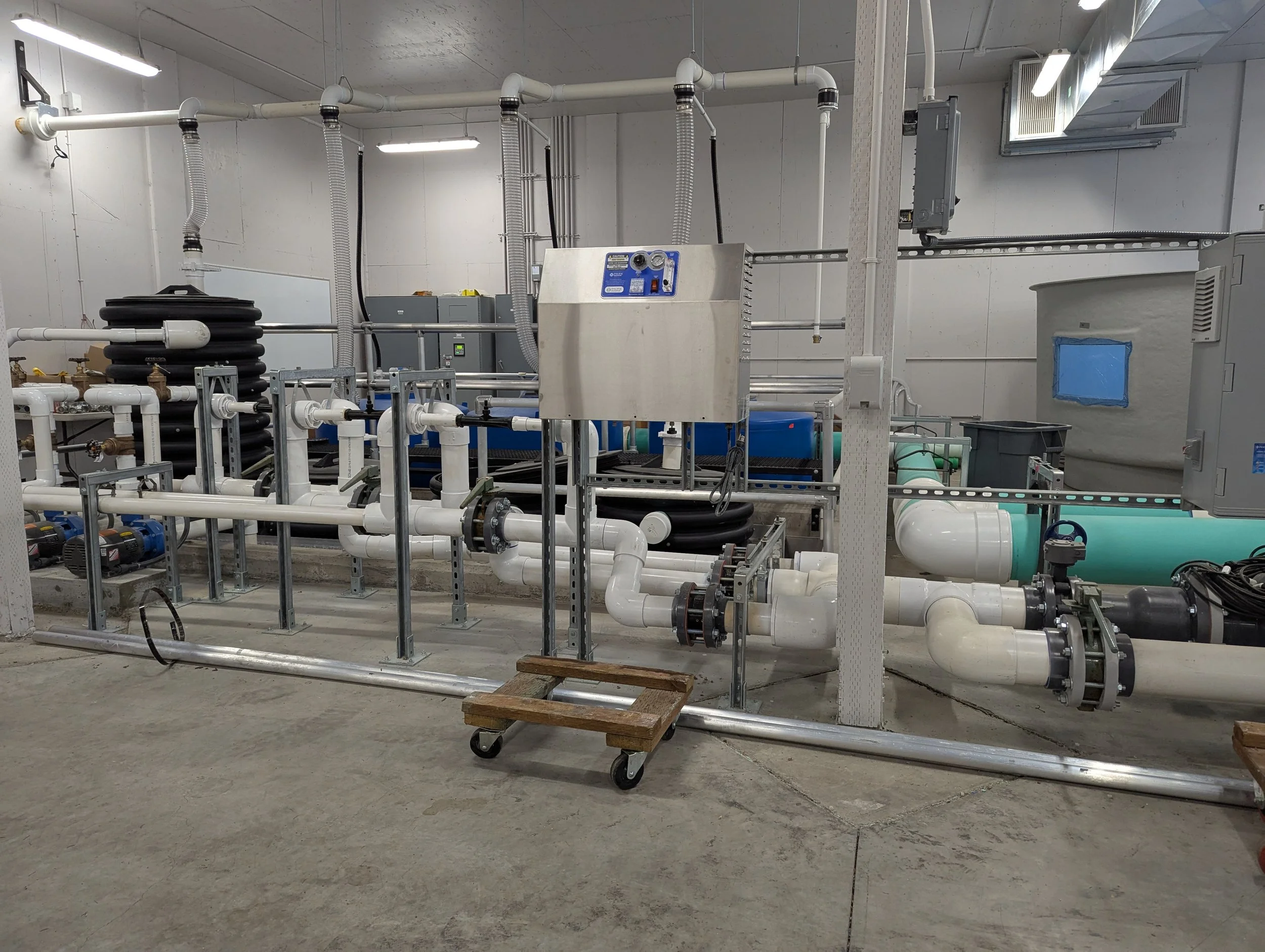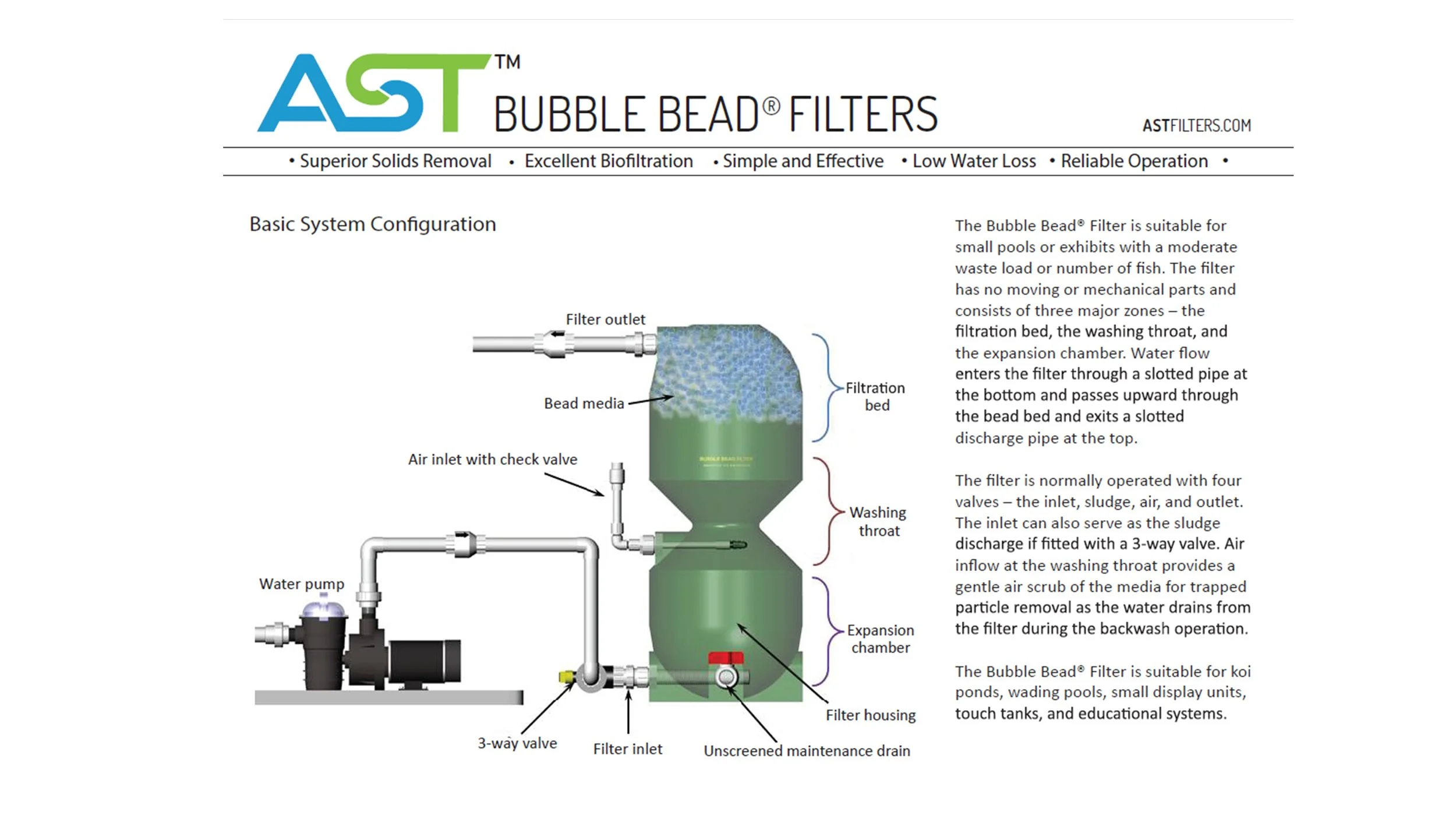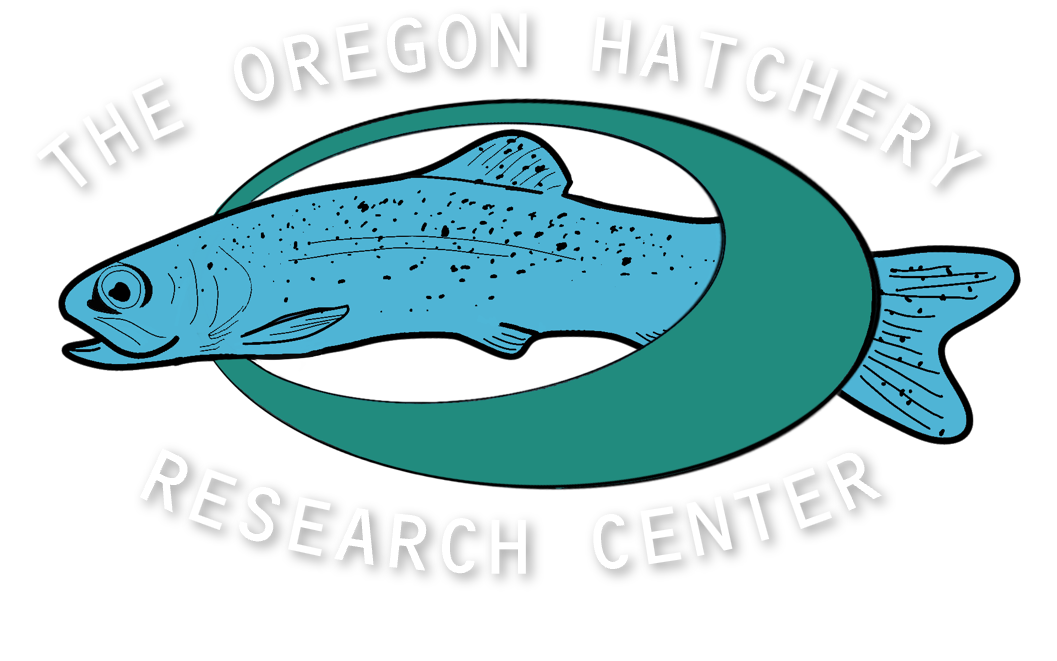Recirculating Aquaculture Systems (RAS) and Imprinting
PhD student Mimi Obley
Recirculating Aquaculture Systems (RAS) are used in many production hatcheries globally to rear fish with less water and more control over temperature and disease. These large systems cycle water from rearing tanks through mechanical and bio filters to remove solids and harmful chemicals. Water is then UV sterilized to eliminate any pathogens and returned to the rearing tanks. Not only do RAS setups allow fish to be reared in areas of poor water quality, availability and temperature, but it also allows hatcheries to optimize rearing conditions in order to maximize growth before release, increasing survival at sea. However, this method of rearing is quite different from a natural stream or the flow-though raceways that many hatcheries use. Full RAS setups add just 10% of “new” water and though systems filter out waste and harmful chemicals, they do not specifically target the various odorants that fish produce. Little is known about how these low concentrations of “new” river water odors and high concentrations of conspecific fish odors impact imprinting of salmon if fish are exposed during critical windows for imprinting in their development.
This video was taken through a viewing window on a partial RAS tank at the Willamette Hatchery in Oakridge, OR. This operation is designed to rear Rainbow Trout indoors for release into put-and-take fisheries in the region. Tight controls on biosecurity and artificial light drastically improve fish growth and health over traditional rearing in cement raceways outdoors.
We’re building a RAS!
Our lab will be building a partial RAS system prototype much smaller than the production-scale system at Willamette Hatchery (pictured right). We will incorporate the same fundamental filtration steps with similar technology.
Make it stand out.
Bubble Bead Filter by AST Filters
We’re working with a filter system designed for educational touch tanks and pools at an aquarium
Methods
During this study, we are comparing rearing Fall Chinook in RAS and traditional flow-through tanks. Water chemistry samples will be collected to examine what kind of odorants fish are exposed to in both tank systems and on what they could be imprinting. We will also explore how olfactory gene expression differs between the two treatments using RNA seq.
Importance of the work
RAS is an emerging fish culture practice to raise salmonids in the Pacific Northwest where surface water quantity and quality at hatcheries is changing rapidly. But, there has been little investigation into the impacts that recirculating water has on developing salmon that use odors as imprinting cues to later home back to their natal stream. It’s important to provide practitioners with information about imprinting, particularly in basins where straying is a concern.
This work is funded by the Oregon Hatchery Research Center as a part of the Olfactory Imprinting Project


